|
with Kim Rodgers Journey to Medieval India!We moved on to the Medieval Indian Empire in class on Monday. We learned about the Gupta dynasty and the Golden Age of India. The Gupta dynasty kept peace in the land by banding the people together to drive out the barbarian Huns from their lands. Although they were eventually successful, India was left poor and vulnerable. We learned about Buddha and the monks who attempted to live out his teachings. They lived in the Ajanta Caves, which they sculpted out of the cliffs using a technique in which they chiseled trenches in the rock, added pieces of wood, water, and waited for the wood to swell and break the rock. There were small rooms within the caves, called cells, where the monks could be alone. The cells opened up to wide rooms where they added sculptures and paintings painted on fresh plaster. The paint melded with the plaster to form pictures telling stories from Buddha’s life. Hundreds of years later two hunters came upon the caves, which were in superb condition. Can you imagine discovering such an interesting place? 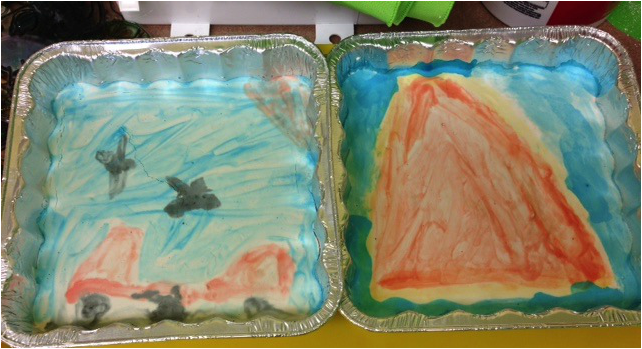 The students and I talked about what images people would find on cave walls depicting our lifestyle. Pizza, cars, and cell phones were mentioned. We then discussed what would be on our own personal cave wall. What would be painted as a reflection of each of our own selves? With that in mind, each student practiced painting their own picture with watercolors on paper. Once they were done they took a tray of plaster and waited for it to harden a little bit so there was a firm surface. They painted their picture on the plaster. You should have seen these come home on Monday. Homework!Next week we will be looking at The Rise of Islam, where we will learn the five pillars of the faith. For homework there is mapwork and notebooking. See you next week!
with Jayne Besjak The State of Fable vs. Jack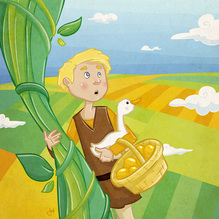 News Flash Jack Jones charged with murder and robbery! It is alleged that Jack Jones, on the 27th day of September in the year 2014 in the State of Fable, did murder Arthur Giant. It is also alleged that on that same day Jack Jones did enter the house of Arthur and Martha Giant, situated at Cloudland and then, in said house, did steal certain goods, the property of the said Arthur and Martha Giant, to wit, one goose and one golden egg. Preparing for TrialStudents have been working hard the past two weeks to prepare to bring this case to trial. Prosecution and Defense Attorneys have been writing opening statements, building their theories of the case, taking statements from witnesses to file affidavits with the court, and prepare direct examination questions. Witnesses have been studying an original version of the fairy tale of Jack and the Beanstalk to prepare to give honest statements and testimony as to what they saw, heard, and did. Our Bailiff and Jury Members have been learning about the important responsibility and duty of serving on a jury, and stretching their critical thinking skills by solving mini-mysteries. Homework!We will use the first part of class next week to finish all preparations and hope to at least begin the trial. We will not begin the trial until each side is ready to go. Here are the homework responsibilities for this week:
Bailiff: Learn your script for swearing in the jury and witnesses. You do not need to memorize it completely, but you should be familiar enough with the wording that your part helps the trial flow smoothly and keeps the Judge happy. (: Jurors: Re-read the Jury Instructions letter I provided in class. Come to class with a notebook for taking notes during the trial. Remember - it is your job to be objective and render a verdict based strictly on the evidence presented at trail, not on your own interpretation of the fairy tale. Witnesses: Re-read the fairy tale and be certain you know the facts regarding what your character did and saw so that you can testify honestly. As soon as I have received and finished editing the witness affidavits, I will be sending them to you for verification. Remember - these are your official statements as to what you know, so be sure that you have provided your attorney the entire extent of your knowledge. Also, be thinking about what questions the opposing side might ask during cross-examination and discuss these with your attorney. Finally, come in costume to the trial! Attorneys:
All Students: Review the Objections that will be allowed during trial and know how to identify them. This aspect of the trial can sometimes be confusing and difficult to track when there are so many other things going on around you, but you will all become more familiar with the rules regarding objections as we conduct more trials. If you have any questions or need help making your final preparations, please contact me so that I can give you guidance. with Leigh Ann Yoder A Walk with Galileo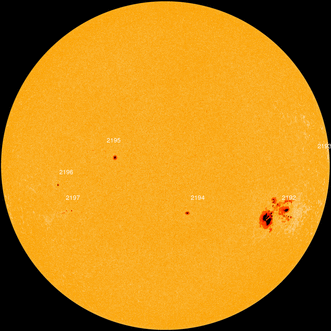 Image of sun showing sun spots Image of sun showing sun spots Ranger Bob WOWED us once again! His classes are gripping, entertaining, and highly educational. Please be certain to ask your students what they learned this week. Below I will share some of the highlights. He began class by sharing a photo of today's sun. We were able to see a huge sunspot that is perhaps 8-10 times as wide as the Earth! For those interested he recommended the following website: www.spaceweather.com (Check it out!) Next we transported ourselves back to the year 1610 to reveal startling findings regarding the four largest natural satellites of Jupiter (Galilean Moons) just like Galileo did. He reminded the students that they were now acting like true scientists by making predictions, collecting non-biased data, drawing conclusions, and then asking more questions. He emphasized that in science one hypothesis leads to another, and another, and another, ad infinitum. Science is a process where questions lead to more questions and truths unfold slowly. By Jupiter!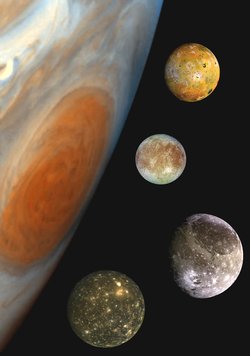 Image of Jupiter's Moons Image of Jupiter's Moons Our first observation regarding the objects surrounding Jupiter were that they were lined up. This attribute alone would lead one to believe that they were not stars. We then tracked the four objects over a nine night period. Galileo tracked them for years, but in our short sample we were able to reveal that these four objects revolved around Jupiter--concluding they were moons. We were also able to accurately determine their rate of revolution based on our observations. Of course Ranger Bob awed us with his fabulous photos of the Galilean moons. He recommended we look at the work of astrophotographer Christopher Go. You can see some of his work here. He also reminded us that in the year 2016 the Juno Mission will be exploring Jupiter. As usual, Ranger Bob offered us a pleuthura of information. Some facts that stood out to me were:
Sharing more of his time, he set up his specialized telescope during lunch, so we could again view the sun today. We were easily able to see the huge sunspot he shared at the beginning of class! The students truly enjoy their time with Ranger Bob and I know they are all excited that he will be with us again next week as we learn about the Moon. Please remember to have students arrive no later than 9:55 next week. Below I have also included information regarding Solar Week. There are some great activities that the students can participate in. HomeworkMandatory: ECA Chapter 6 Lending Library Book Moon Log (Continue) Optional: Johannas Kepler Chapter 1 NB - pg. 64, 65, 66, 70, 73 Solar Week Activities (See Below) Solar WeekCelebrate Solar Week -- Fall 2014
Interact live with solar scientists during Solar Week, Oct. 27-31, 2014. Solar Week provides a weeklong series of Web-based educational classroom activities and games with a focus on the Sun-Earth connection. Students in grades 5-9 can learn about solar careers, sunspots, solar energy and solar storms through a series of activities, games and lessons. Solar Week is ideal for students studying the solar system, the stars or astronomy in general. Many lessons are suitable for fun computer lab activities as well. After doing the activities, students can interact on the bulletin board with leading scientists at the forefront of Sun-Earth research. Solar Week is great for learning about our nearest star, the Sun. To learn more and to register to participate, visit http://www.solarweek.org/. with Michelle Cameron Setting Sail, Day 2 & Spooky WordsWe started off today by sharing our spooky words and using them in a round robin story. Everyone took a word that was not their own, and used it in the next sentence in the story. Thanks to Kim for scribing what we came up with – and for reading it out in a spooky voice!
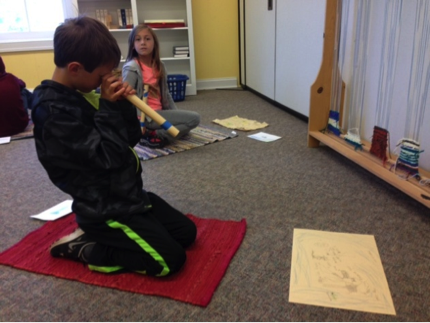 Day One was all about observation. What did the scenery about them look like? How could they use their senses (and many of them did a fantastic job with this) to describe what they were seeing? What was the weather like? Did they see any animals around them? Was it a good day? After making their observations, they started a Captain’s Log, which described their Day 1 on their journey. 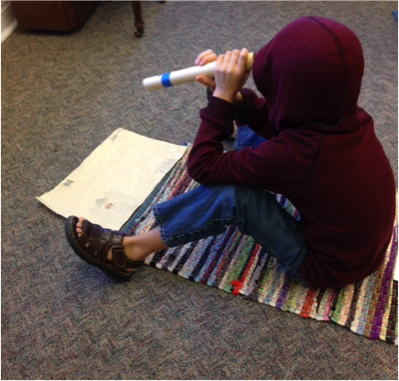 Day Two was a day of conflict. Something had to go wrong. Was it a storm? Did someone come and attack them? A gang of brigands, perhaps, or a wild beast? How did they feel about this? I asked that they use dialogue in Day Two to help make the story come alive. Following this day, they recorded the story as Day 2 in their Captain’s Log. 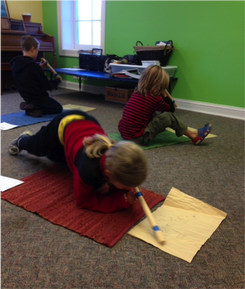 Finally, some of the students began Day 3. Day 3 is a day of victory – it’s when our intrepid travelers reach their destination. They should make sure that they include how they feel, particularly after the terrors and worries of the day before, in the 3rd entry of their Captain’s Log. Next week we’ll complete our journeys. For homework, please have your students finish or start the log for the next day on their travels, either Day 1, 2, or 3.
With Halloween this Friday starting the holiday season, this week’s word collection should be holidays! with Kim Rodgers Theodora and Justinian
with Leigh Ann Yoder The Goldilocks Principle Venus is too hot! Mars is too cold! Earth is just right! In class the students were introduced to the atmospheric differences between the three "sister" planets in a graphic and hands-on way. We began by discussing the greenhouse effect which is the effect of the atmosphere to trap heat. We also discussed the trace gases in our atmosphere known as the greenhouse gases, and how they function much like the glass plates found on a greenhouse used for growing plants. We used a table to show the percentages of the main atmospheric elements on all three planets. Students then modeled this data using jelly beans. Modeling allowed them to think about a concept that could not be observed directly. After completing the models, we needed to address the effect of atmospheric pressure on our three planets. Earth's atmospheric pressure is 1/90th that of Venus and 100 times that of Mars. Again, by modeling with our jelly beans, students were easily able to understand the concept and its effects. We discussed that many scientists believe that the composition of our atmosphere is due to the presence of life, and that life creates a dynamic balance. If life were to disappear would our planet come to resemble Mars or Venus?
We finished by creating another table to compare the temperature on the planets if we eliminated the greenhouse gases, and their actual temperatures. Using this table again reinforced the importance of these trace elements in our atmosphere. with Michelle Cameron Setting Sail 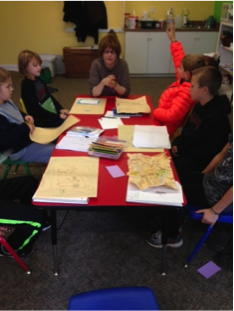 Today’s word collection – house words – gave us some great words, including a number of door knobs. Who’d have thought? After hearing a couple of new or continued stories today – and it’s always great to start off with your young writers’ work – we moved on to the project that will take the next couple of weeks. It’s a project we at The Writers Circle call “Setting Sail” – setting off on a journey. This particular project is a good one for kids who are still easing their way into the fundamentals of writing, as it contains a number of shorter writing projects rather than a long, concentrated chunk of time – and also incorporates a number of craft activities to help the kids learn. The first thing everyone had to do was decide on a destination and why they wanted to go there. The choices could be anywhere on the planet or beyond or anywhere imaginary. The one restriction I placed was that it could not be Hogwarts or the product of any other author’s mind – it had to come from their own. The destinations chosen were as diverse as the kids – beaches, Graceland, and ancient Egypt, to name a few.
For Next Week... Over the next week, I’d like them to fully describe these characters. Each one should include:
Next week we’ll continue our journeys. As we’re coming up to Halloween, this week’s word collection should be spooky words. They were already talking about which ones they wanted to use on their way out to lunch! with Jayne Besjak Peter Rabbit Found Innocent of All Charges!Our class met in the courtroom this week to conduct the trial of McGregor vs. Peter Rabbit. The prosecution and defense teams were briefed on standards for direct and cross examination questioning (see below) and used the first few minutes of class to organize their witness lists and questions in preparation for trial. 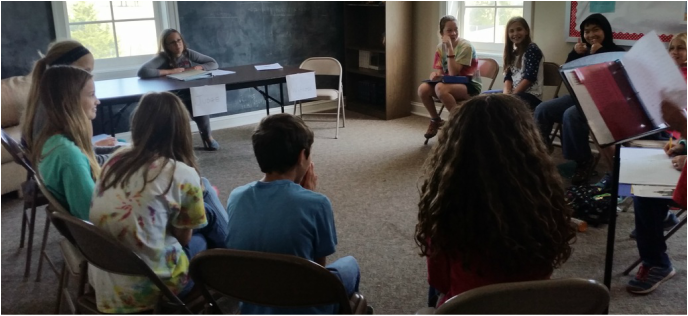 We heard well formulated opening statements from both the prosecution and defense. Each team provided sound theories and narratives to support their side, and gave overviews of witness testimony that would be presented. As we move forward in the class, we will practice how to deliver dynamic opening statements that connect with the audience to most effectively make our case. Teams then launched into the direct and cross examination phase of the trial. Students learned that there are rules for questioning witnesses, and that these are part of what is termed the "Rules of Evidence and Procedure". The purpose of direct examination is to allow the witness to narrate a story, taking care to ask for specific information relevant to your case. Attorneys may not ask leading questions (ones in which the attorney supplies information with the intent of getting a 'yes' or 'no' answer). Direct questions are generally open-ended and usually begin with such words as how, when, where, why, explain. On cross examination an attorney may ask leading questions, but can only ask questions about information brought out in direct examination, or relating to the credibility of the witness. As we found out at our trial, attorneys should also be careful not to ask questions if they aren't confident what the witnesses answer will be! We introduced several types of objections such as leading question and irrelevant evidence. Objections are violations of the rules of evidence and are made directly to the judge who can either sustain or override the objection. We will build more on our understanding of objections and when to use them at our next class meeting. Everyone in class did a great job preparing for and participating in this introductory mock trial. We stopped frequently during direct and cross examination to discuss the wording and content of their questions. I was very pleased that once things got rolling, most students jumped at the opportunity to formulate questions and ask the witnesses! Overall, I felt that both sides did a reasonably good job of thinking through their case. However, much more detail could have gone into preparing for and questioning the witnesses, which would have strengthened their arguments considerably. Of course lawyers spend many years training for the day when they will try a case in a courtroom, whereas students had only a few short hours! With each mock trial, students will learn better how to prepare their case, thoroughly question and cross examine witnesses, and anticipate what the the other side might be plotting. This was a fantastic start! After listening carefully to each side, our jury for the day returned a verdict of not guilty for both criminal trespass and robbery charges. Although the prosecution team felt disappointment with the verdict, it provided a valuable opportunity for all students to see that in a trial you never know what the outcome will be until the jury speaks! The defendant is presumed innocent and the burden of proof is on the prosecution. It is not enough to "feel strongly" that the defendant committed a crime - you must prove it during the trial with a sound argument, convincing opening/closing statements, and thorough questioning of witnesses. Keep in mind that the jury does not know what you know or how you have connected the dots, so you must show them during trial. HomeworkThere is NO CLASS next week (10/13)! We will meet back in the classroom on October 20th.
For homework, students should carefully read the Radio News Flash provided in class. It contains the summary of our next case against Jack (of beanstalk fame). Please also read the entire story of Jack and the Beanstalk, as we will be bringing the case to a Grand Jury in our next class. Have a wonderful holiday weekend! with Leigh Ann Yoder The Magnetic Sun This week we had the privilege of meeting Ranger Bob. Bob is not an actual ranger, but he has quite an interesting background and now refers to himself as an Amateur Astronomer. Actually, he explained to all of us how we could also become Amateur Astronomers! As the students arrived, Ranger Bob had set up his specialized hydrogen-alpha telescope to safely observe the Sun, and we were easily able to view sun flares. It was exciting! Although our view was different, we were generally able to see prominences in the same 3 and 9 o'clock positions as illustrated below. This photo was taken on Sunday using space instruments. In the classroom Ranger Bob had prepared an engaging and educational presentation for the class (and the teachers!). After introducing himself and his background he then launched into solar "anatomy and physiology" with impactful NASA images. He asked the class to share what the Sun provides us, and they quickly came up with heat, light, electricity/power. We jumped into an activity with each student receiving a laminated card. Based on their image (a plant, an animal, power plant, Sun, etc.) they had to assemble themselves in an "energy web" like a food-web. The exercise illustrated the Sun's central role in ALL energy exchange/existence. Back to more imagery with great photos that illustrated other benefits we receive from the Sun, until we got to the electromagnetic spectrum and the different views of the Sun that scientists observe and measure. He even explained to us how infrared light was discovered. Ranger Bob also included information on meteors, comets, sublimation, the magnetosphere, and more. There was so much to learn this week, that I could never recap it all. I highly encourage you to speak with your students asking them to highlight their favorites. The last phenomena and images Ranger Bob shared were of aurorae and eclipses. The next total solar eclipse in North America will be in August of 2017. This will most likely be the last one in my lifetime that I would have have the ability to see. Families interested might consider a somewhat extended field trip to South Carolina to view this spectacular event! 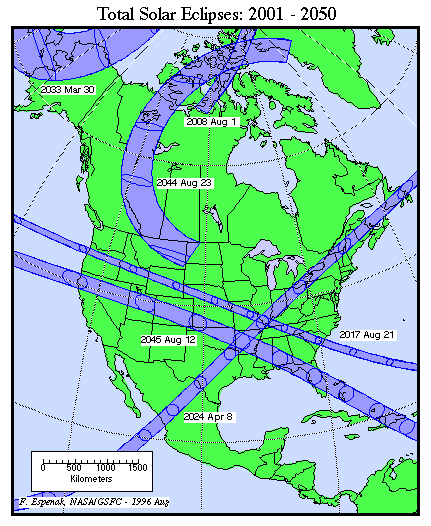 Ranger Bob provided links for the students to further explore these topics and more. I encourage them to use their extra time over the next two weeks to do so.
As a final note I would like to say that the class was exemplary. Each student was respectful, engaged and represented Mosaic in a positive way. Both Jayne and I were proud! Remember we do not have class next Monday, October 13th. Homework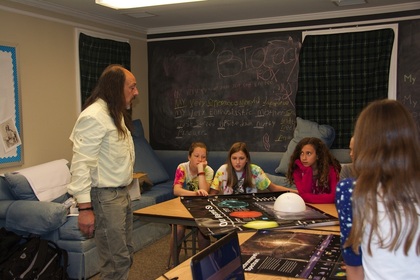 Mandatory: ECA - Chapter 4 Lending Library Book Optional: ACG - Chap 7 & 8 NB - pg. 42, 43, 44, 48, 53 with Kim Rodgers Istanbul? No, Constantinople!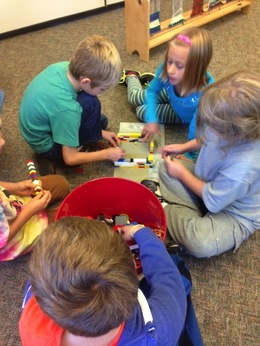 We started off reading our summaries from last week. I have to say I really enjoy hearing what they remember, as they each seem to highlight one aspect of what we studied the week before. By the time they have all shared we have a thorough synopsis! I pulled out the illuminated letters they had started last week and we talked about how they should have lots of bold color using the colored pencils. They used fancy gold, silver, and copper pens to go over the glue outline. I forgot to take photos of them, so if you would like to send me a photo of your child’s letter I’ll add it to this post on the website. They looked very nice! While they were working on finishing their letters I read to them about the Byzantine Empire. We talked about the city of Constantinople and how crowded and busy it was. At this point children were attending school while the city bustled with sites and smells of a flourishing metropolis! We focused on Justinian, the just emperor and learned how he began life as a peasant in a family of farmers. He longed to learn and taught himself how to read so he could study law, music, poetry, and religious studies. He begged his parents to allow him to travel to Constantinople to learn more. They consented and he became a learned man before joining the army where he proved his bravery and leadership. When the emperor died, Justinian was named the ruler of the Byzantine Empire. He was very interested in claiming the land that used to belong to Rome. He succeeded in capturing a lot of it, and brought it to a place of power that was more than Rome had ever seen. He also wanted to make Constantinople the greatest city in the world, by having beautiful places to live and stunning places of worship. One building in particular stands out above all the rest as it’s the first time in history we see this type of architecture...a dome built on a square base...the Hagia Sophia. There was one problem. All of the different countries in his empire had their own laws, which made it very difficult to govern. Under his leadership Justinian unified the laws so the whole empire knew what laws to follow. Ask your kids if they can remember some of the laws we read together. Some of them seemed a little absurd! When we finished our discussion we watched a video about the architecture of Hagia Sophia and pulled out the Legos. Using what we learned in the video along with pictures and drawings, the students tried to re-create the main dome. Part of my purpose in this exercise was for the students to realize how difficult this task was. Some students decided to work together, while others worked on their own. If they would like to try to build one at home to bring in for our next class, please encourage them to do so. Just a reminder...there is no class next week as it’s Columbus Day. I will see you the following week. As usual there is a notebooking page, along with a map and directions. There are special activities the students can do with the map if they so choose that includes some of the famous buildings. On the notebooking page is a place to draw a picture. The directions say to draw a picture of Constantinople, but the students can draw anything about what we learned. Supplies Needed for Next Class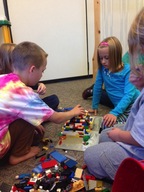 For our next class please bring in a rinsed out gallon jug as we will need them to form the base of the mosaics we will be working on. I’ll provide all the other supplies. Enjoy your week off and I’ll see you on the 20th! |
Categories
All
Archives
May 2016
|

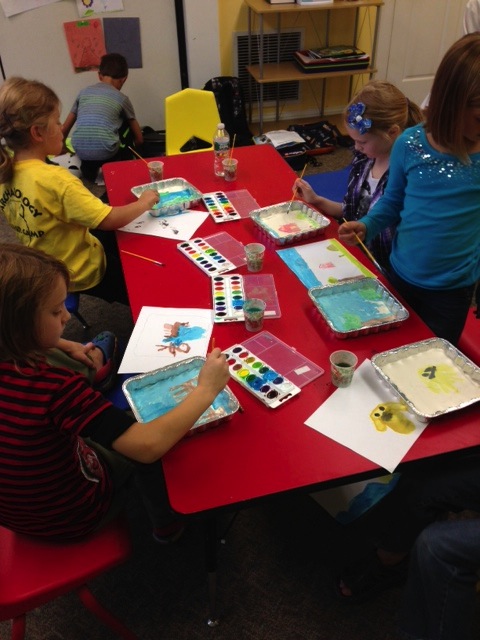
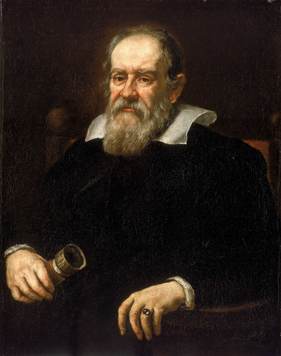
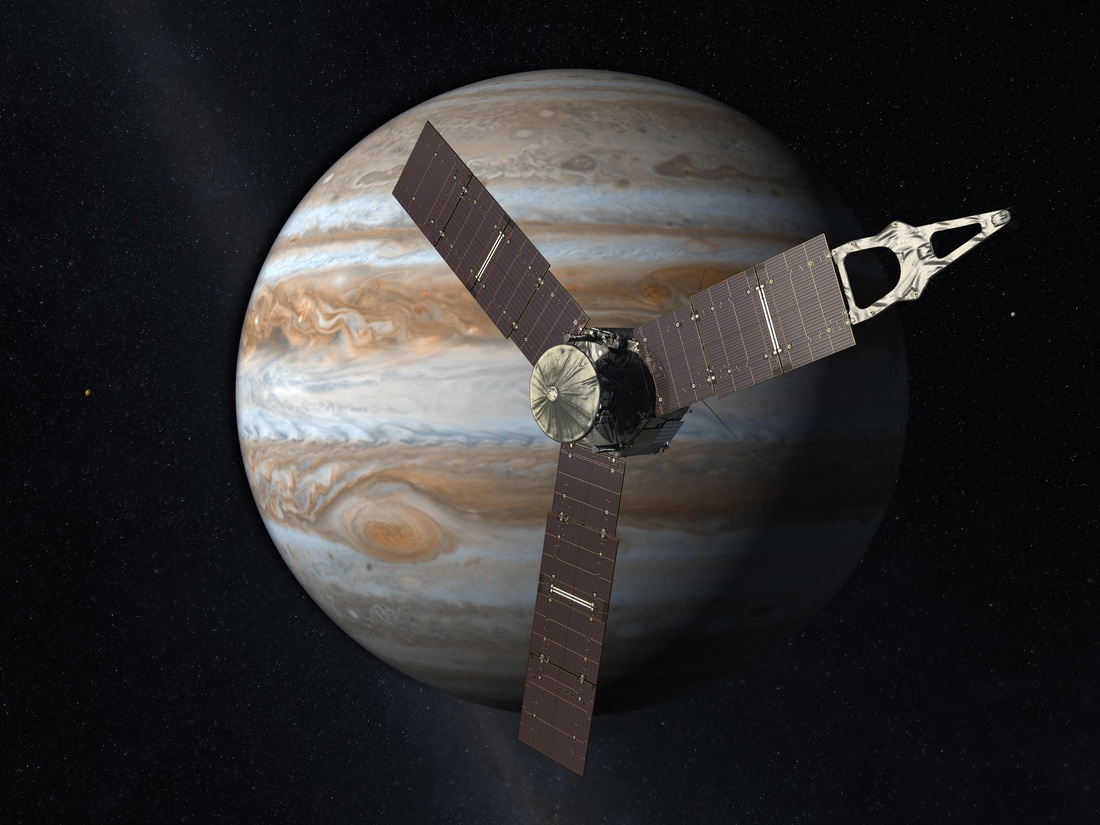
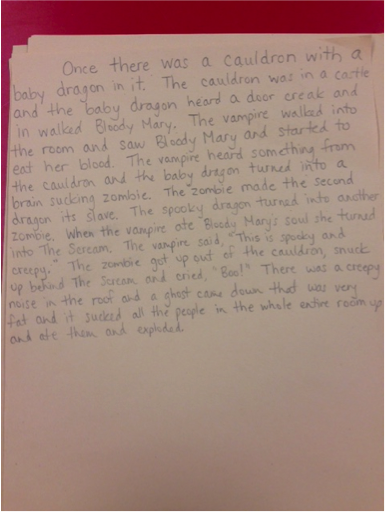
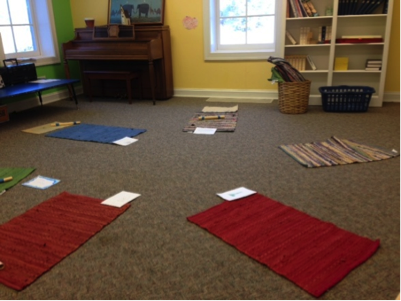
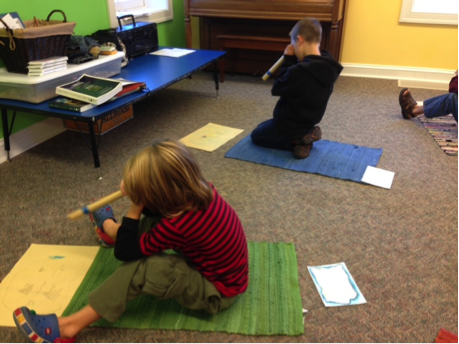
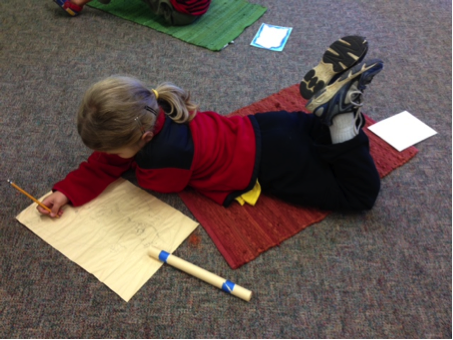
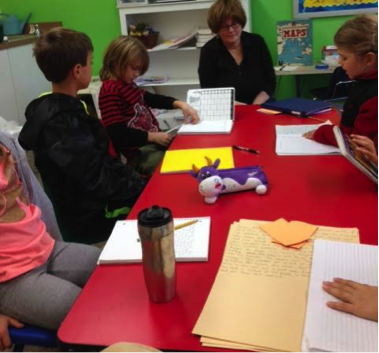
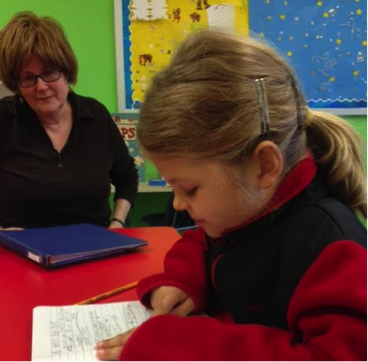
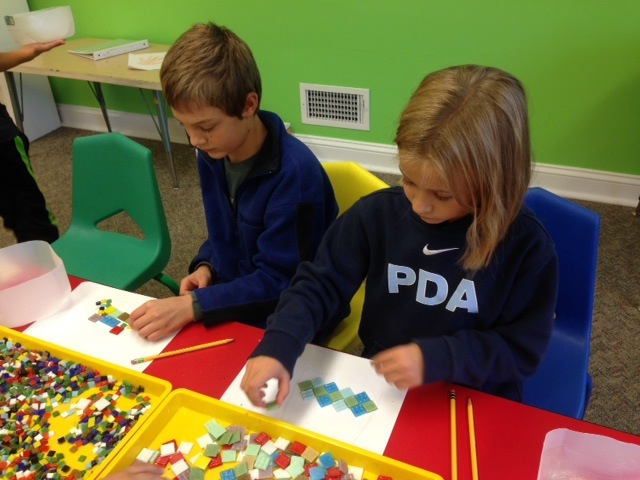

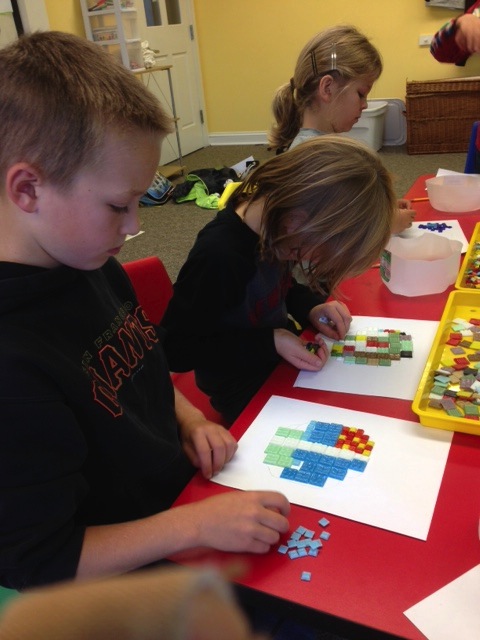
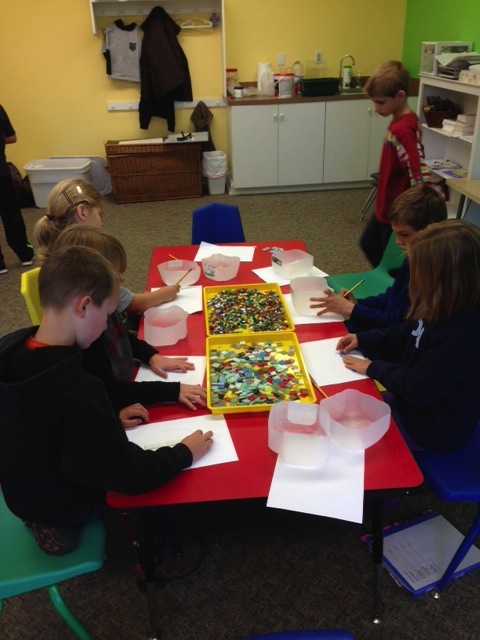
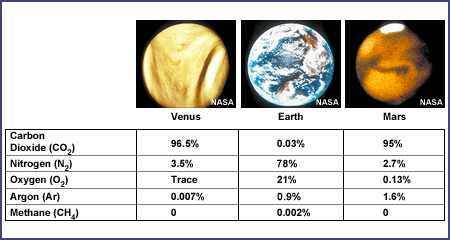
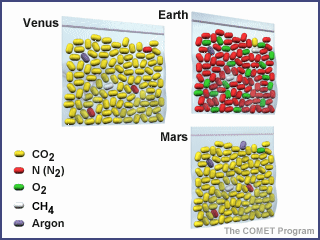
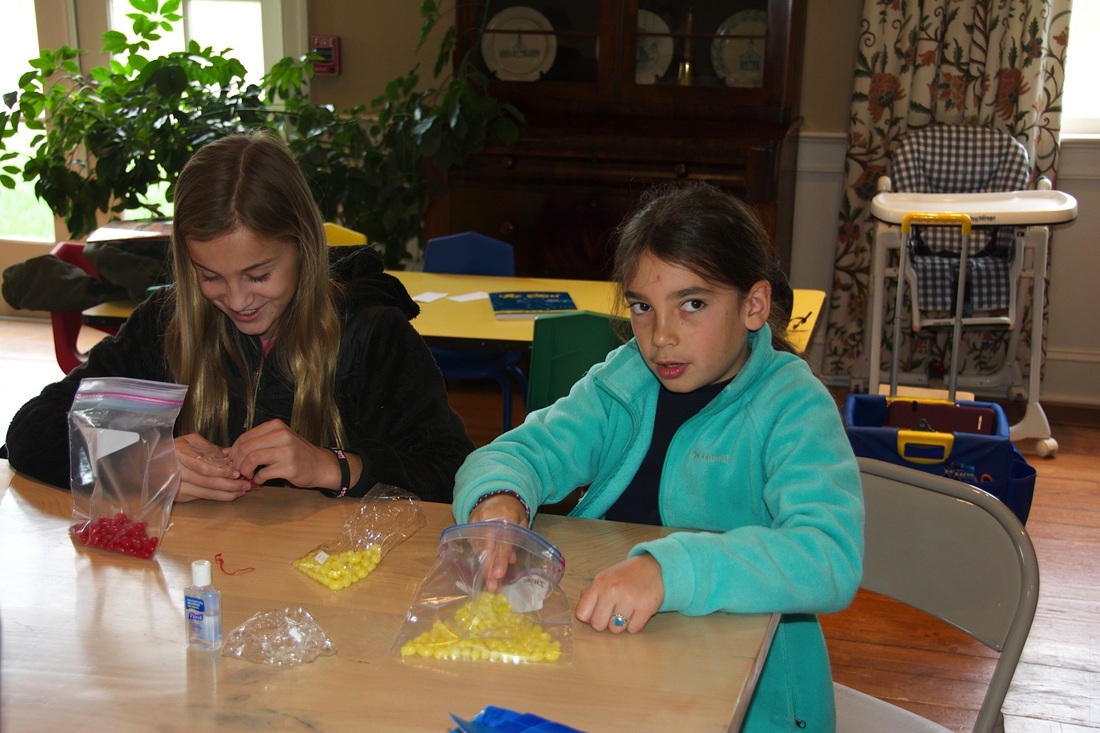
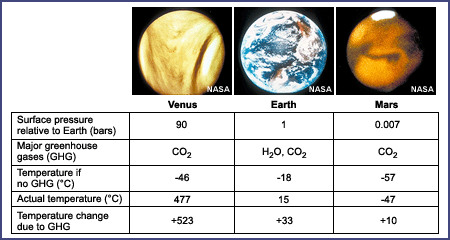
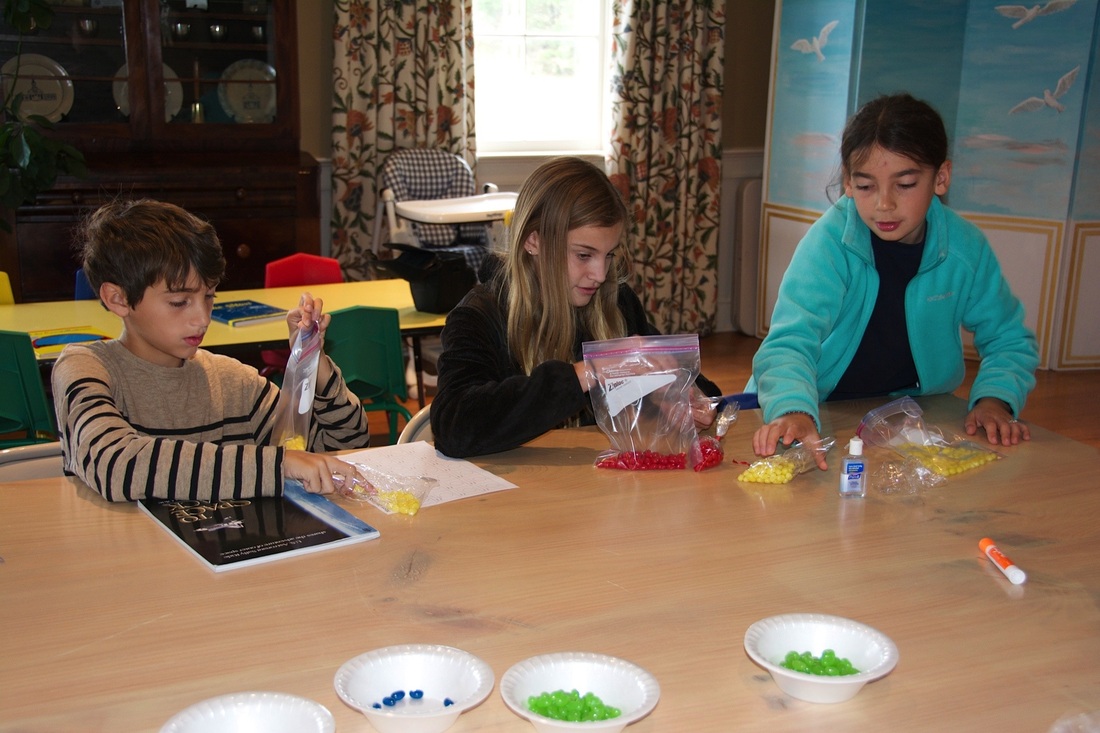
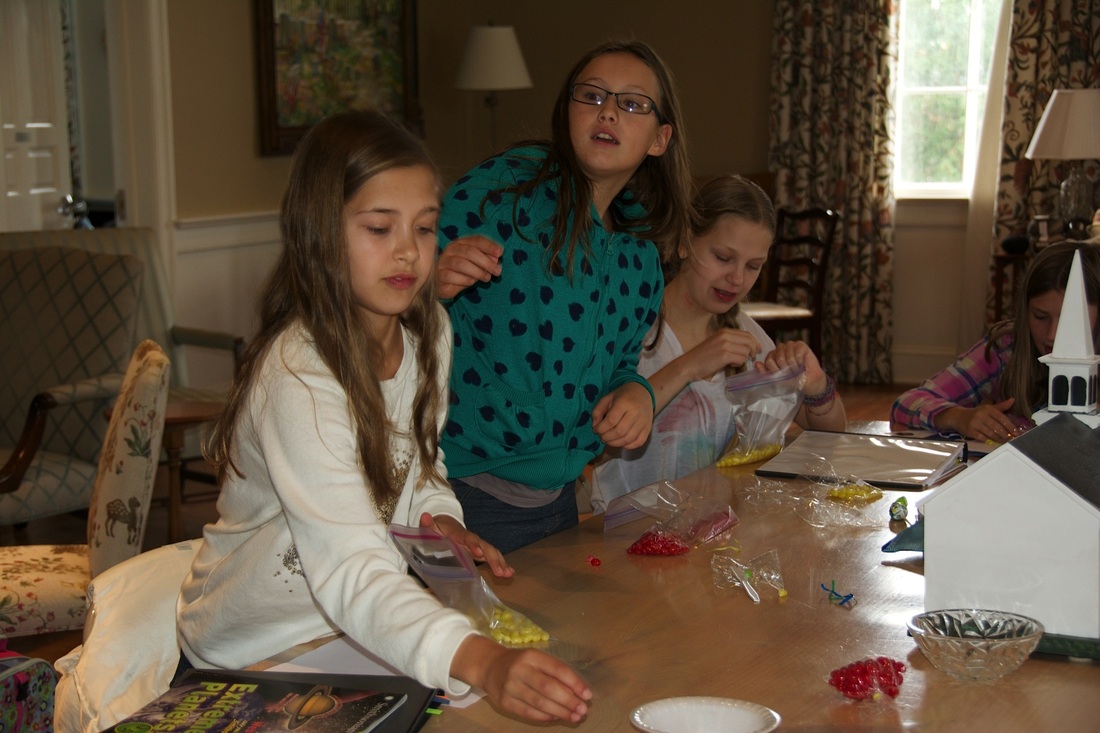
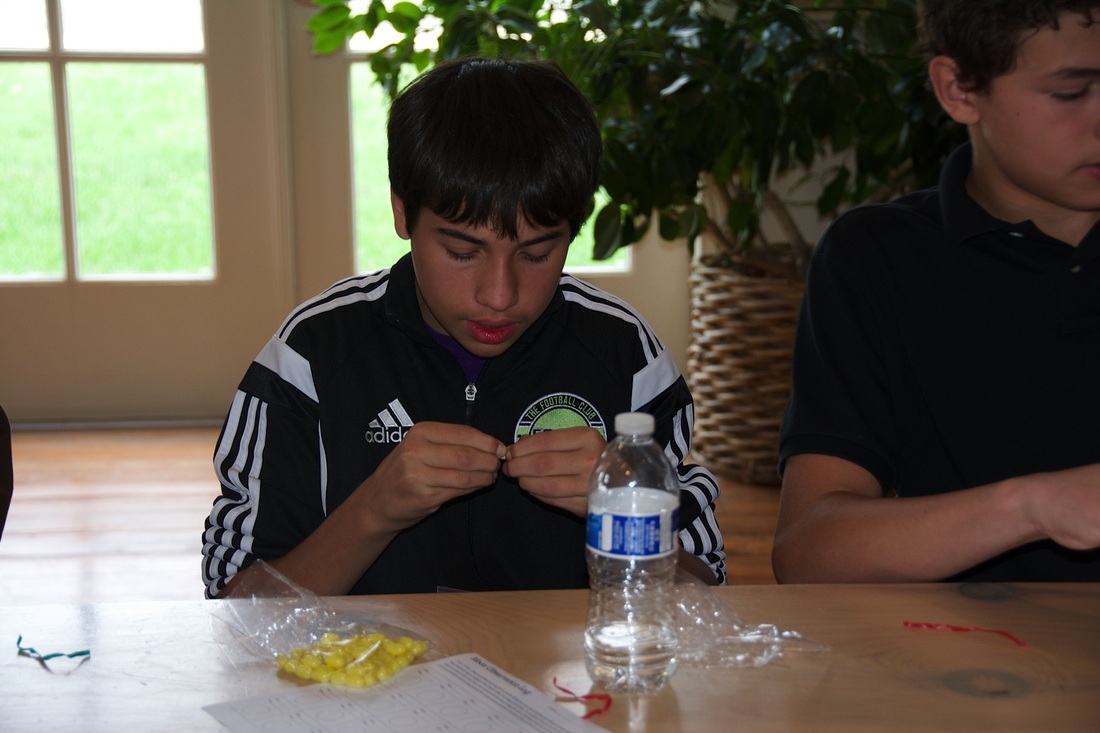
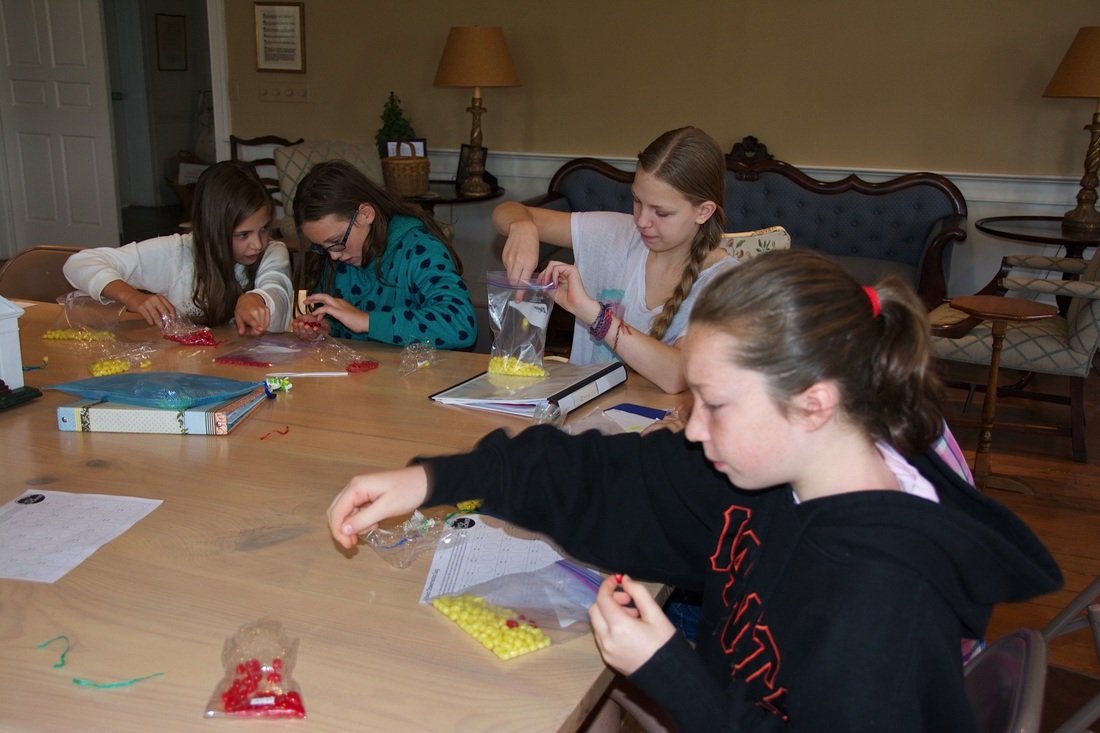
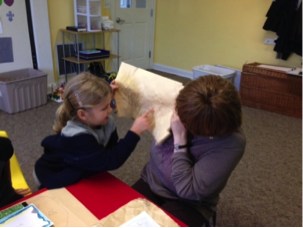
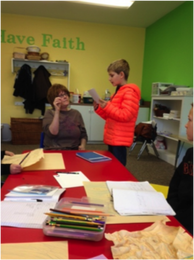
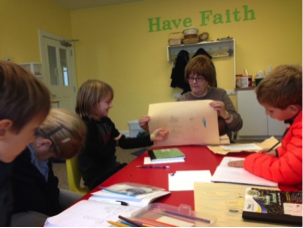
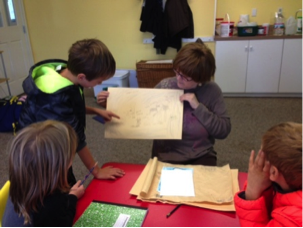
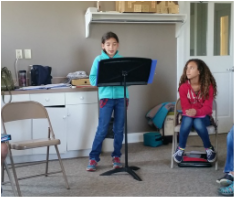
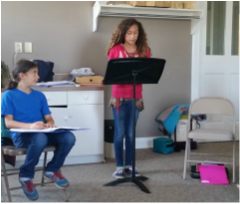

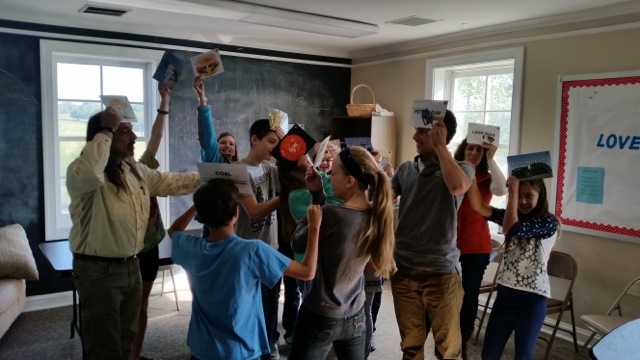
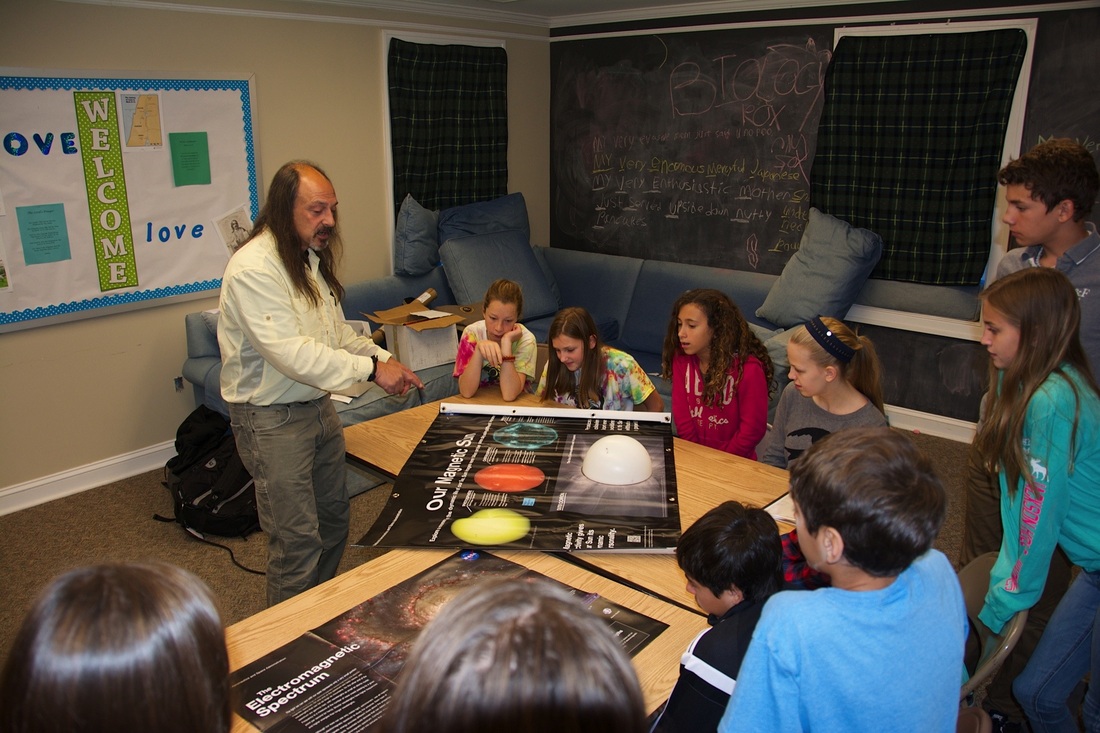
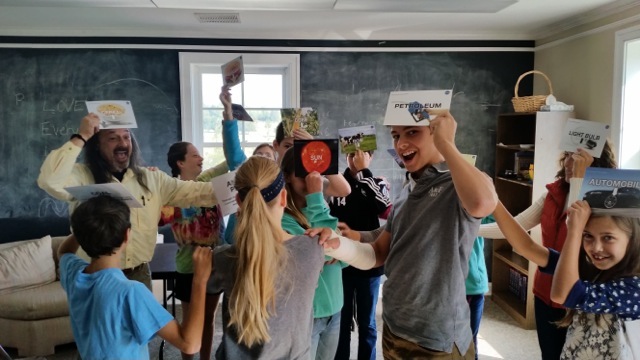
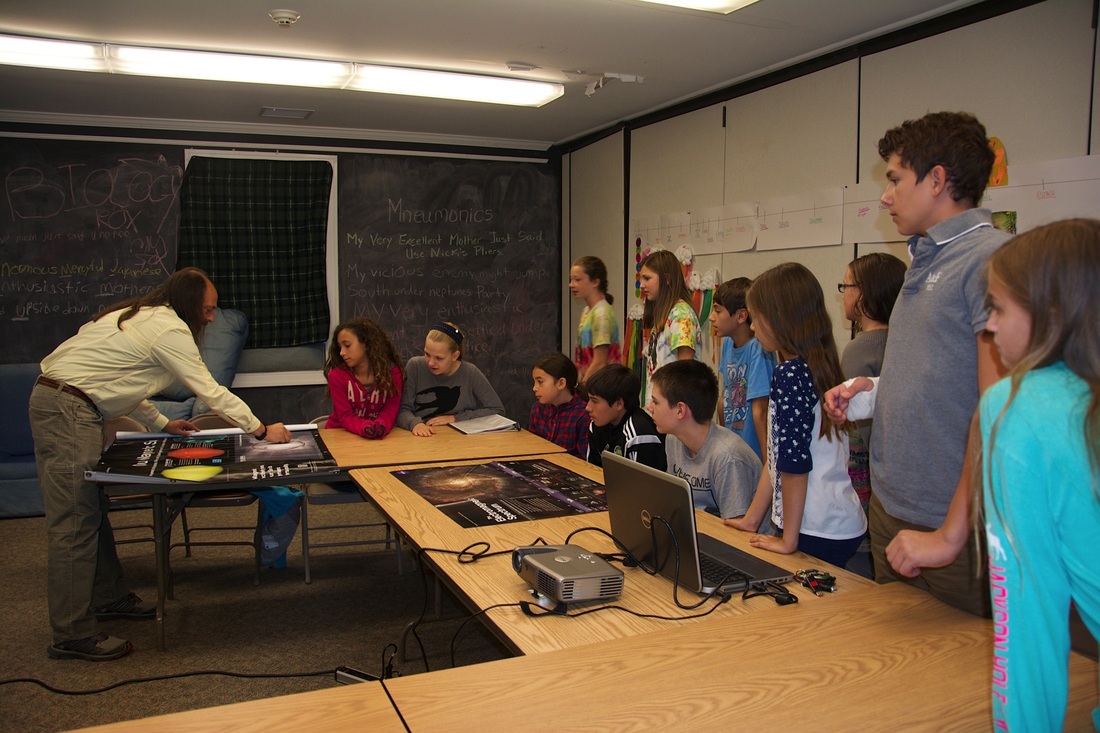
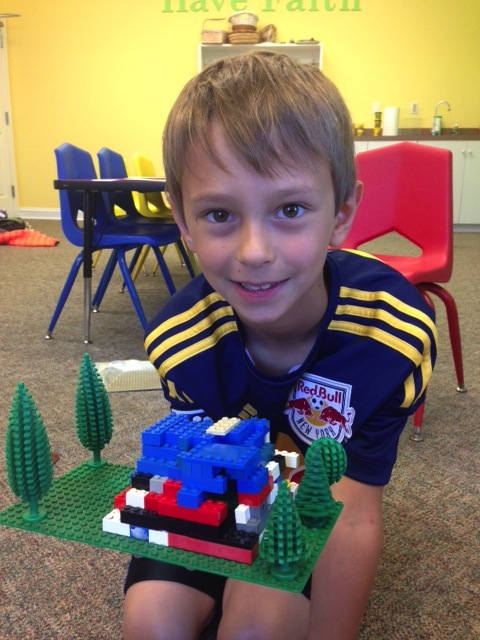
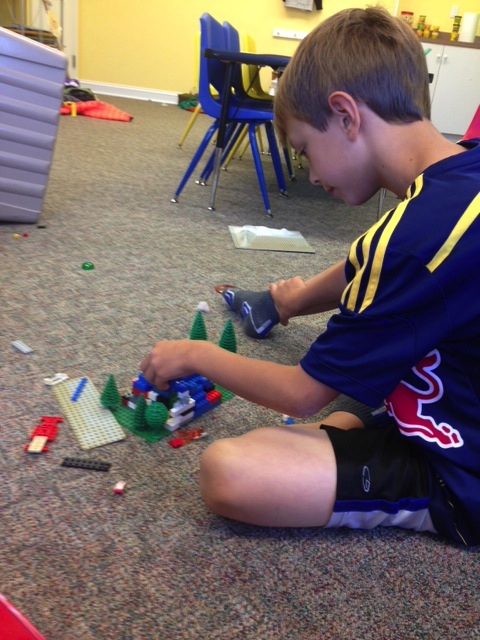
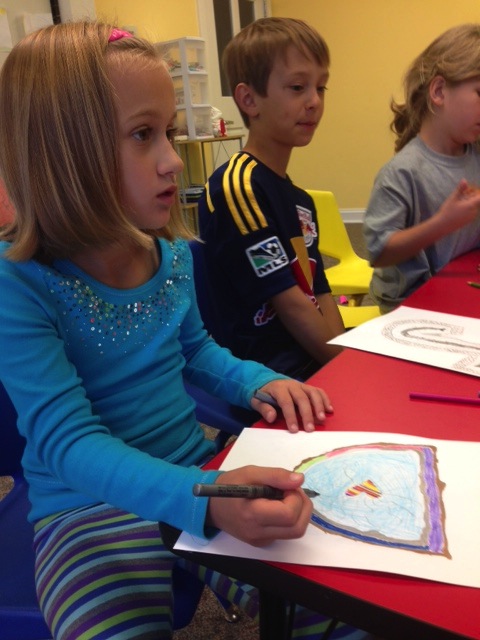
 RSS Feed
RSS Feed